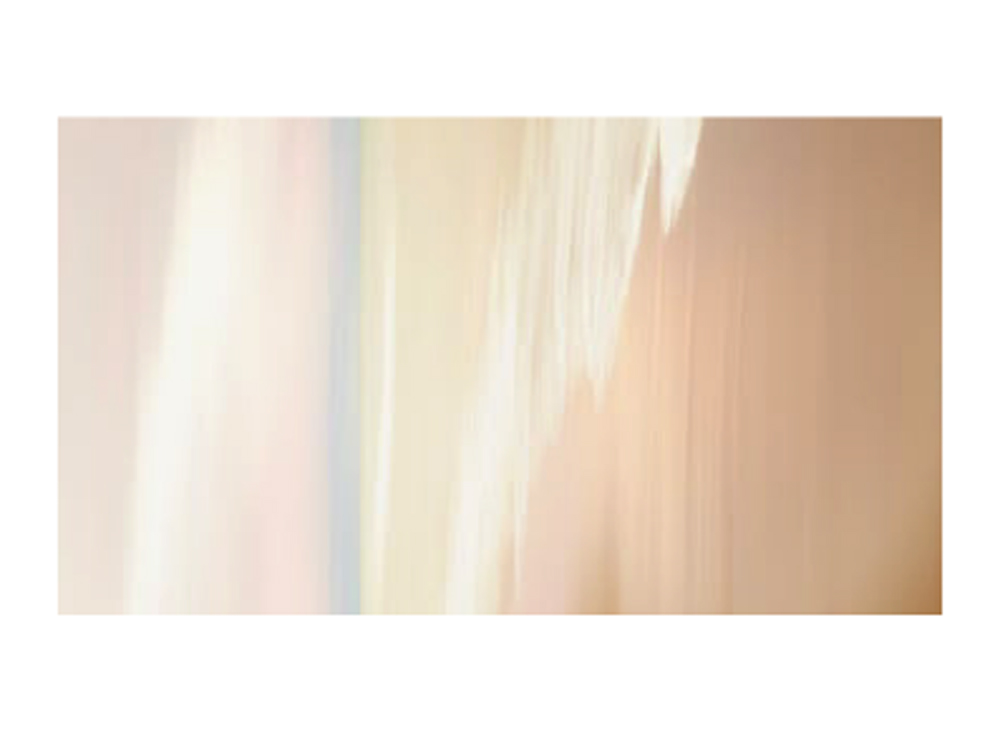
Luxury vs. Mass Market
Beauty Branding – Key Differentiators
What makes luxury beauty branding different from mass-market beauty? It’s not just about price—it’s about perception, storytelling, and experience.
This article breaks down the key differences and what brands in each category can learn from each other.
01/
Luxury Relies
on Storytelling, and
Mass Market on Accessibility
—
Luxury brands don’t just sell products—they sell a lifestyle, heritage, or experience.
Luxury: Think Chanel’s high-art campaigns or La Mer’s “miracle broth” storytelling.
Mass Market: Brands like Maybelline and L’Oréal Paris focus on aspirational accessibility (“because you’re worth it”).
Takeaway: Luxury brands build exclusivity through storytelling, while mass-market brands focus on relatability and reach.
02/
The Role of
Packaging & Materials
—
Luxury packaging is about weight, detail, and experience, while mass-market prioritises efficiency and cost-effectiveness.
- Luxury: Glass, metal, magnetic closures, and custom textures.
- Mass Market: Lightweight plastics, bold colours, and functional design.
Example: Tom Ford lipsticks feel luxurious because of weighty, magnetic packaging, while a Maybelline lipstick is designed for affordability and durability.
03/
Distribution &
Retail Experience
—
Where a product is sold impacts brand perception.
- Luxury: Selective distribution (department stores, boutiques, luxury spas).
- Mass Market: Drugstores, supermarkets, online marketplaces.
Example: You won’t find Dior Beauty in supermarkets—it’s positioned as an exclusive, premium brand through controlled distribution.
04/
Branding &
Logo Treatments
—
Luxury brands use subtle, timeless design, while mass-market brands often refresh more frequently.
- Luxury: Minimal, restrained logos (Hermès, La Mer, Sisley).
- Mass Market: Bold, high-contrast visuals (Revlon, NYX).
Takeaway: A refined, restrained approach signals luxury, while bold, dynamic branding makes mass-market beauty feel energetic and accessible.
05/
The Role of Influencers
& Marketing
- Luxury: Works with high-end influencers, celebrities, and niche tastemakers (e.g., Gucci Beauty’s artistic collaborations).
- Mass Market: Relies on TikTok, UGC, and viral marketing (e.g., Maybelline’s Sky High Mascara going viral).
Both approaches work—but for different audiences.
Conclusion
—
The key differences between luxury and mass-market beauty branding come down to:
- Storytelling – Heritage & exclusivity vs. accessibility & inclusivity.
- Packaging – High-end materials & tactile experiences vs. practical, high-visibility design.
- Retail strategy – Selective distribution vs. wide availability.
- Branding aesthetics – Minimal, refined design vs. bold, mass appeal visuals.
- Marketing approach – High-profile endorsements vs. viral, social-first strategies.
Luxury brands sell a dream. Mass-market brands sell confidence. The best brands know how to use both.
Contact
85 William St, Level 2
Darlinghurst, Sydney
NSW 2010 Australia
email us >
Services
Brand strategy
Brand identity
Brand environment
Websites + eCommerce
Photography + video
Content marketing
Packaging
Print + editorial
Jump to